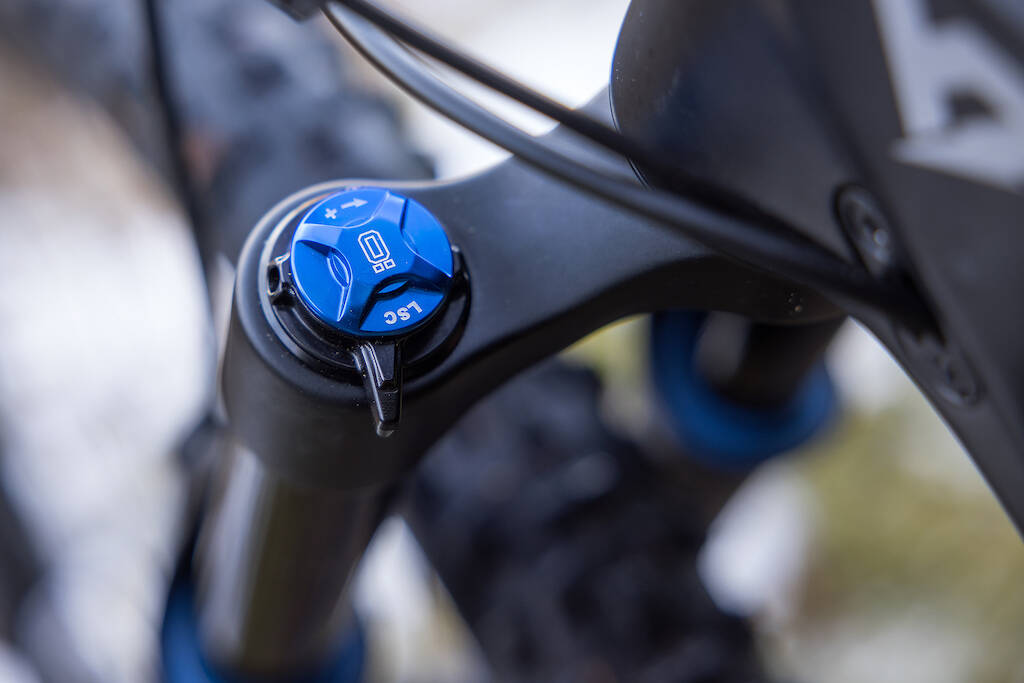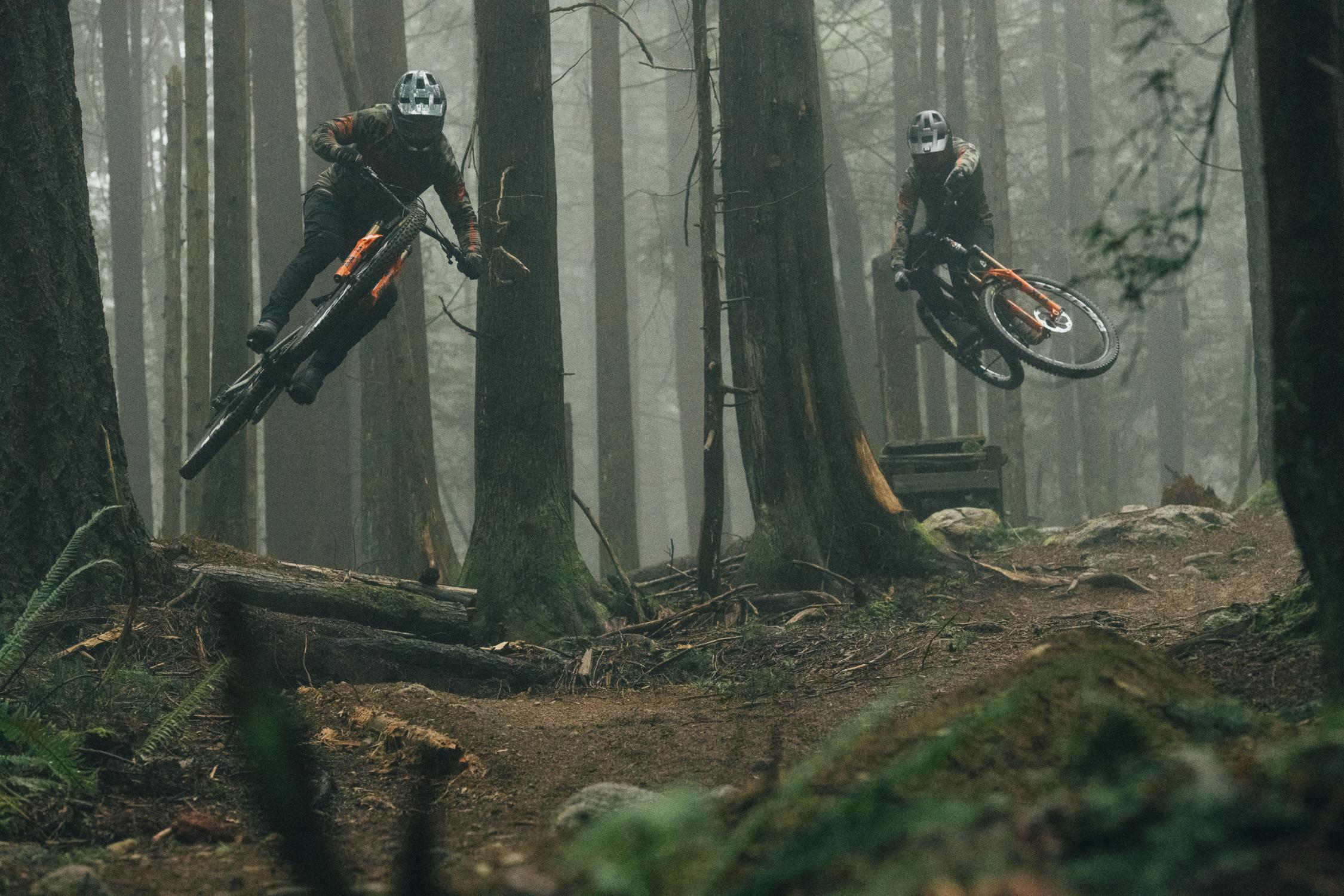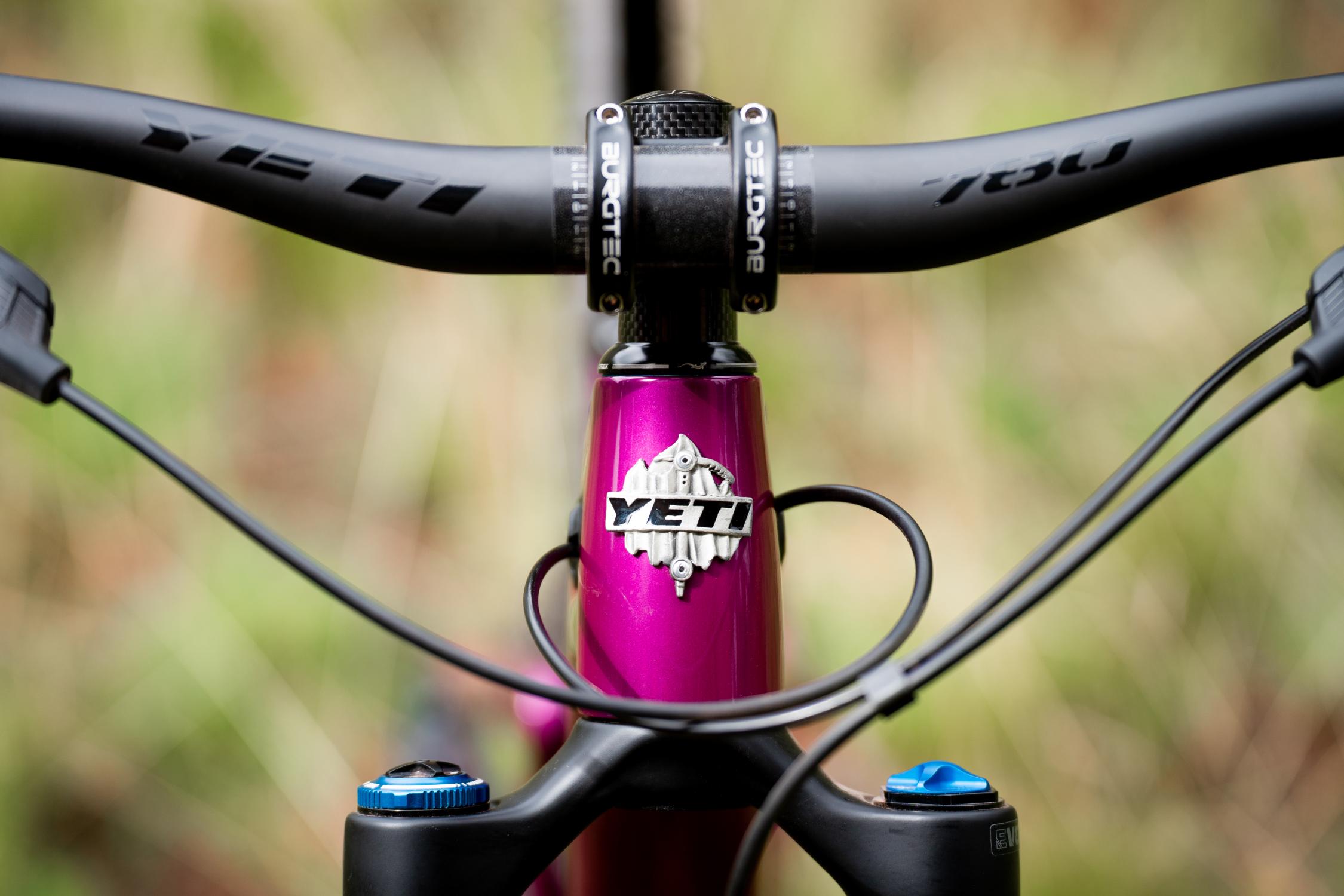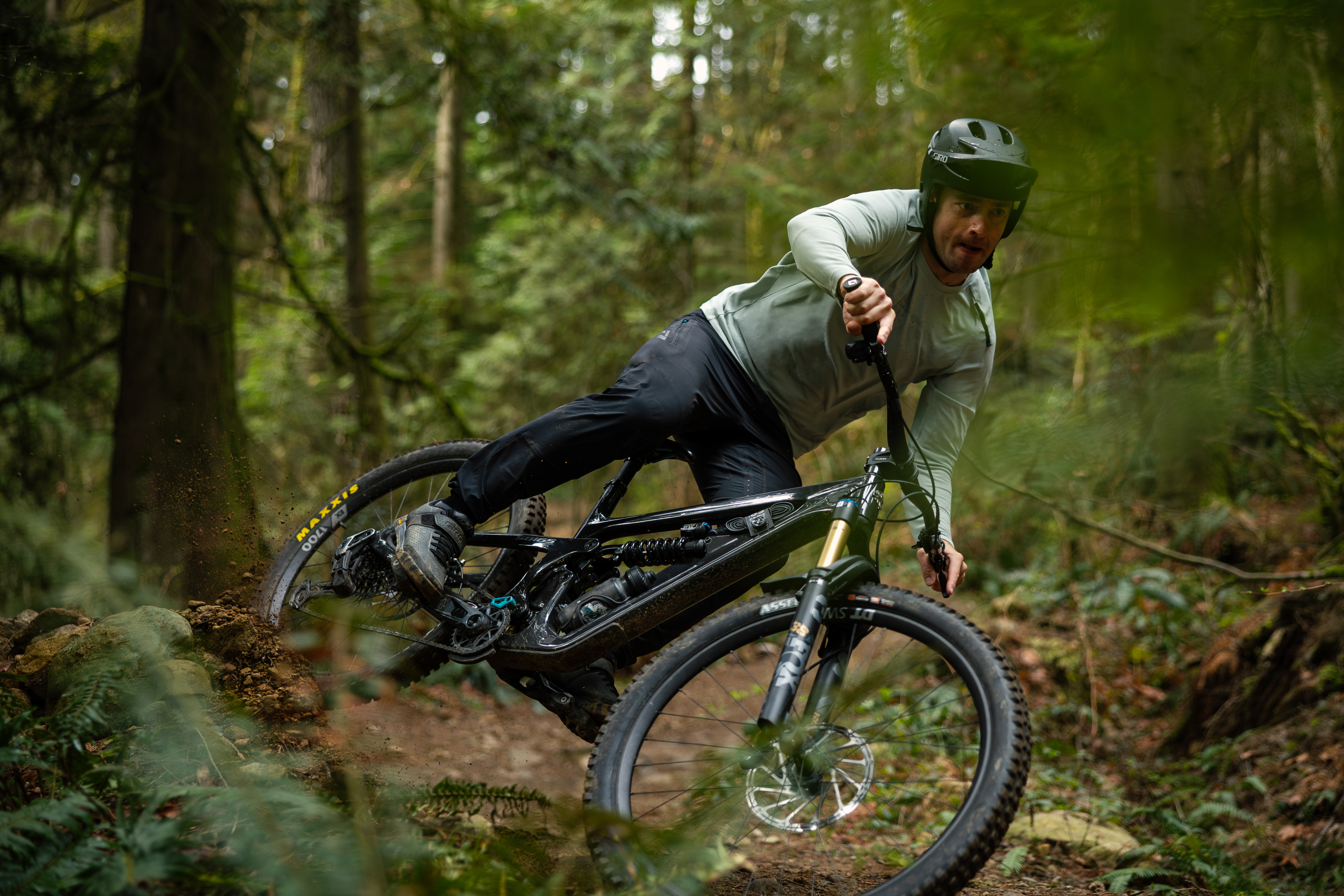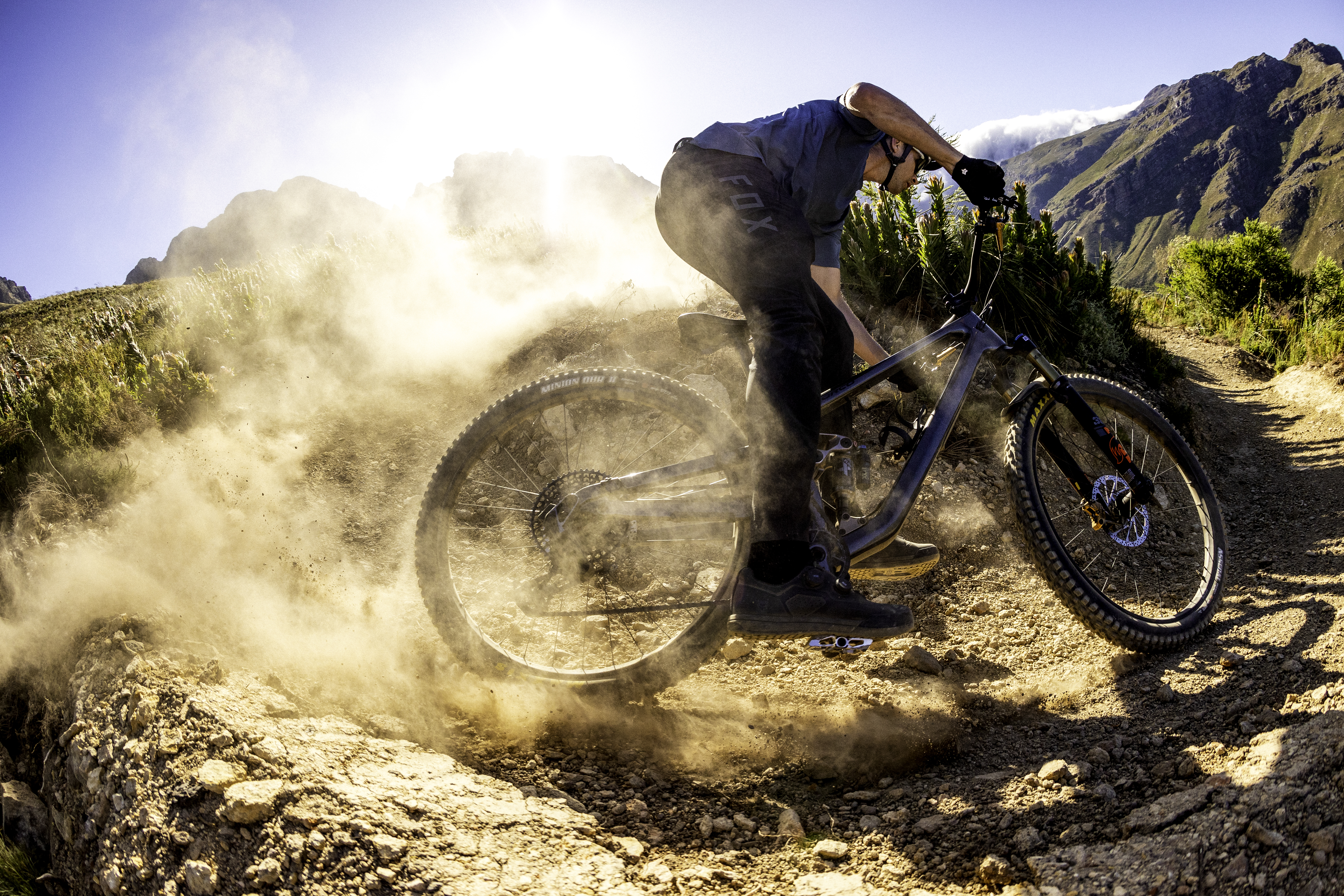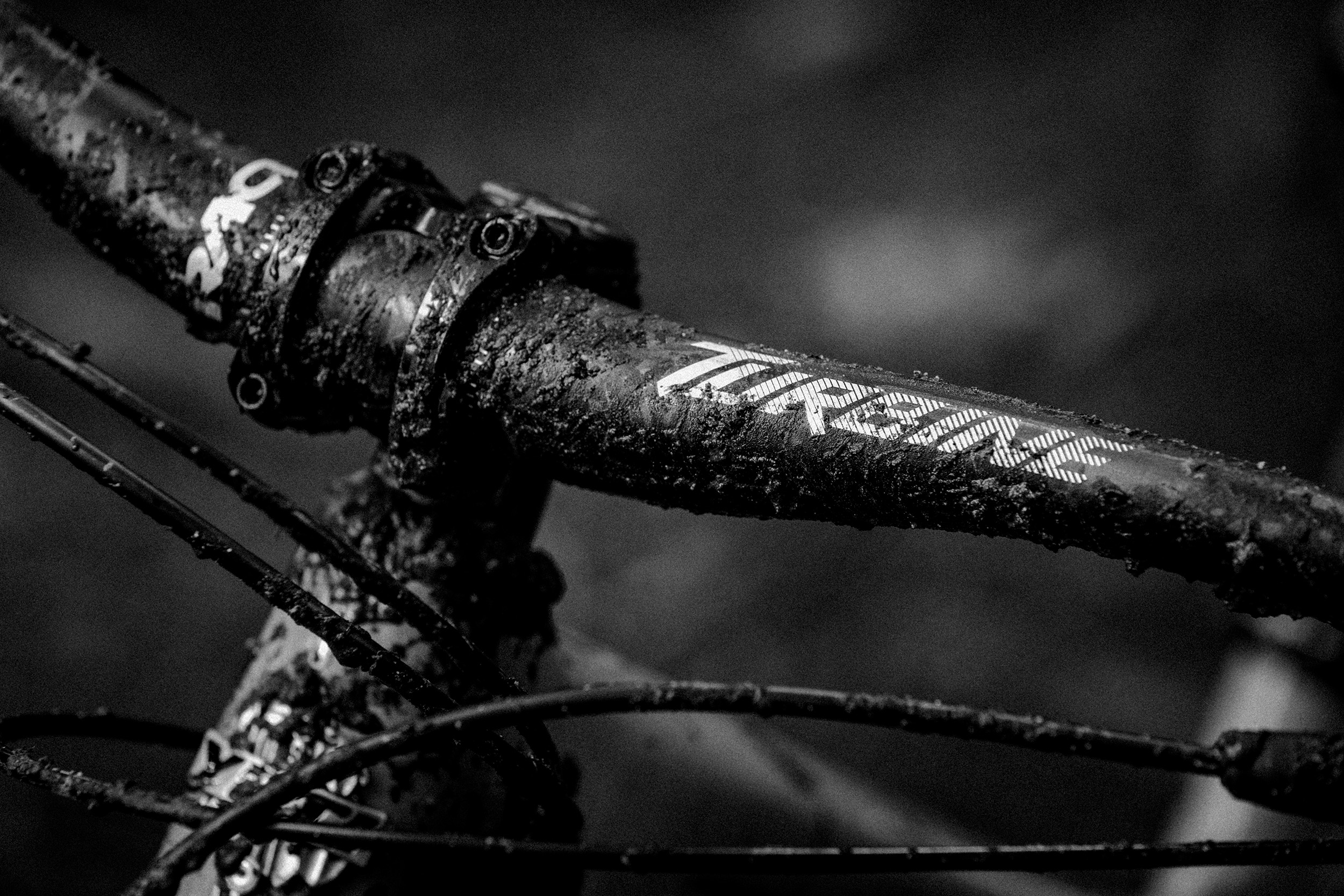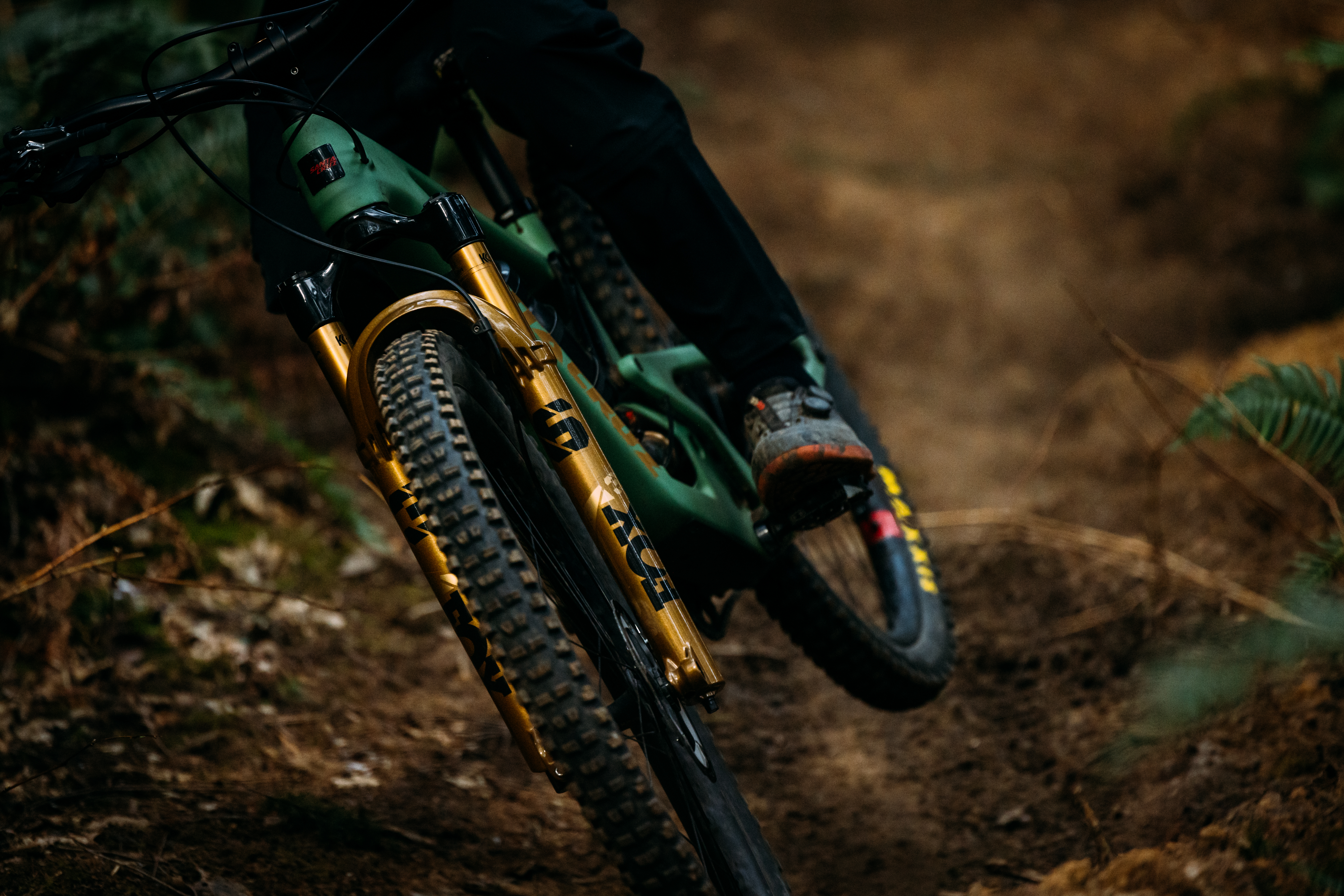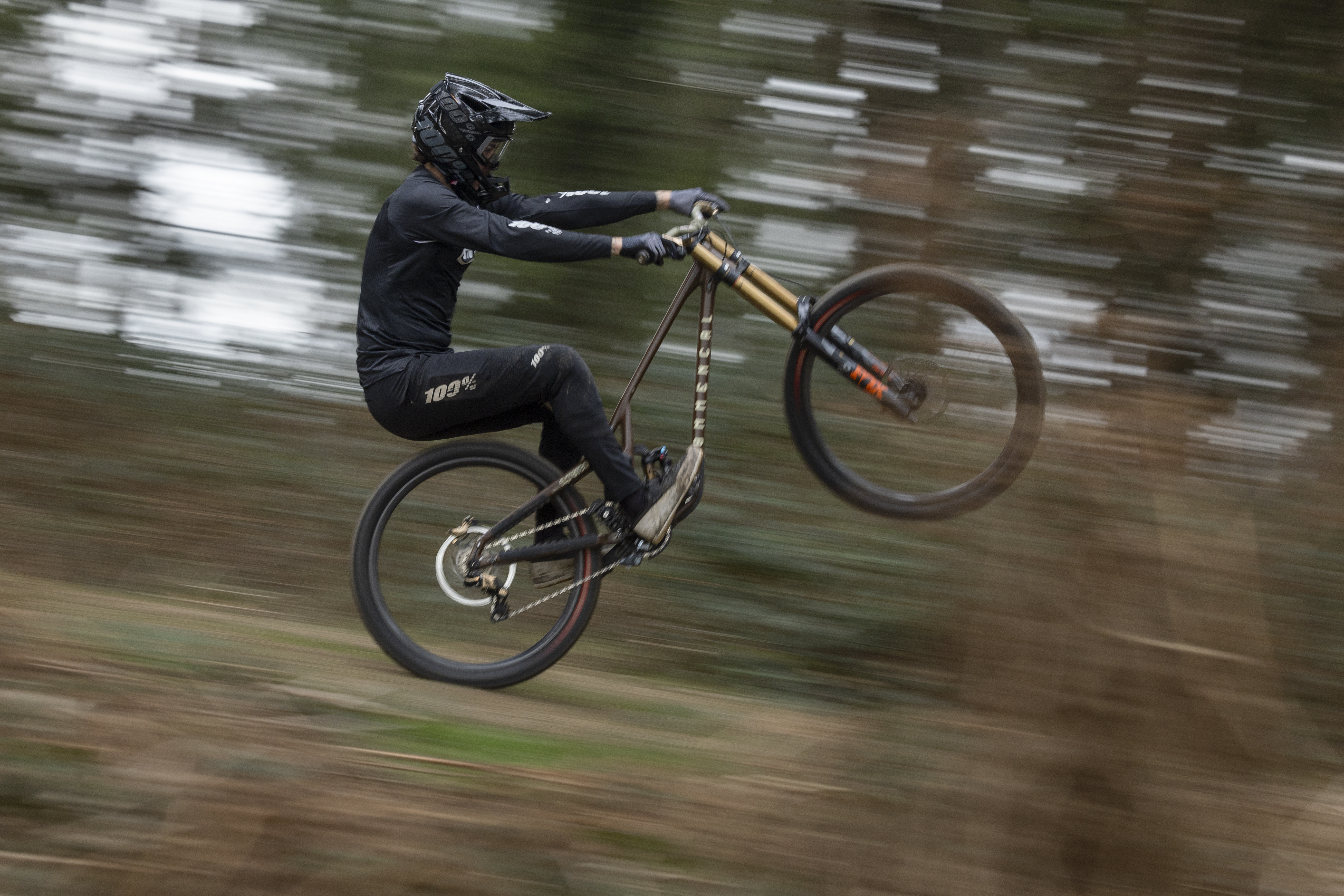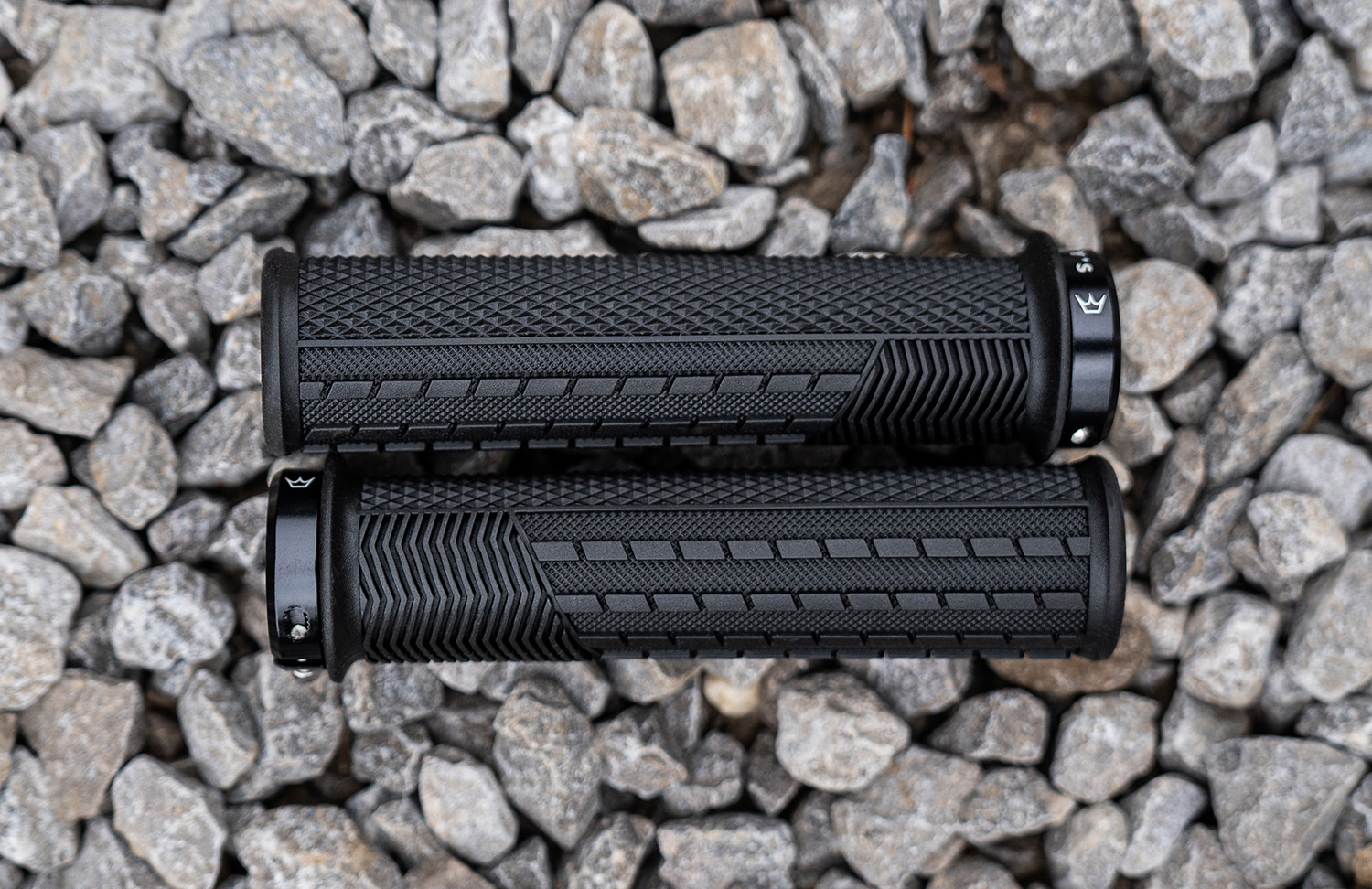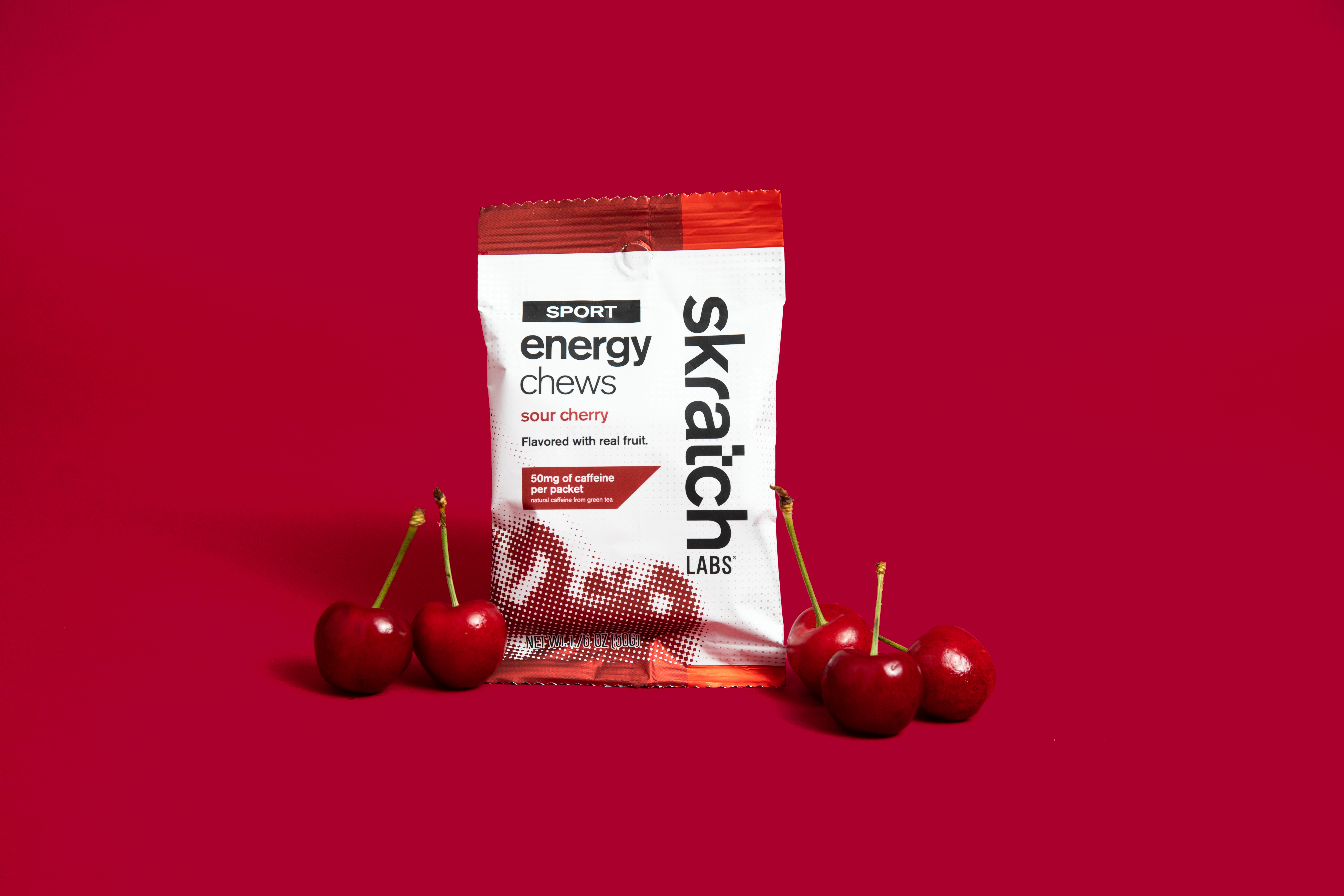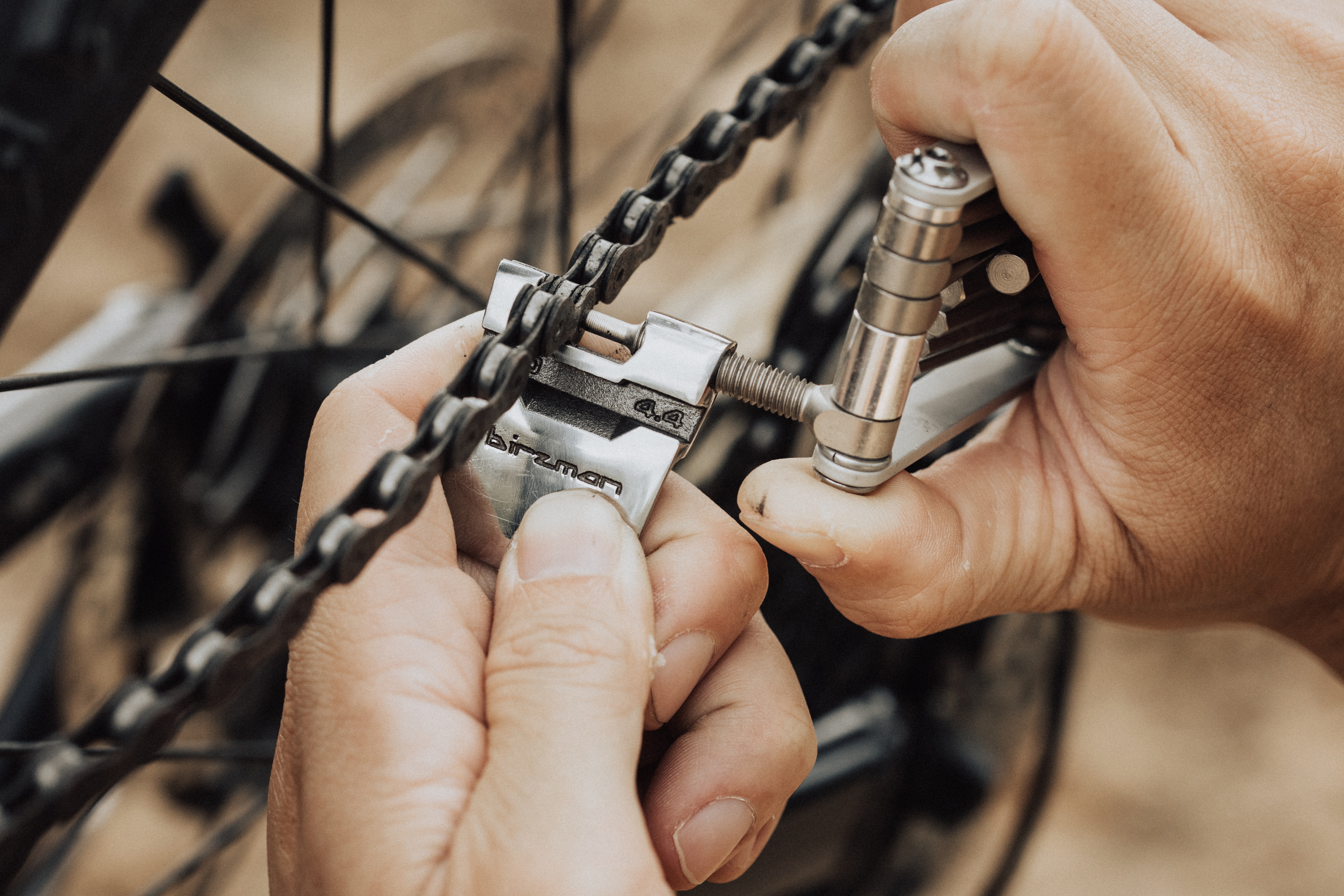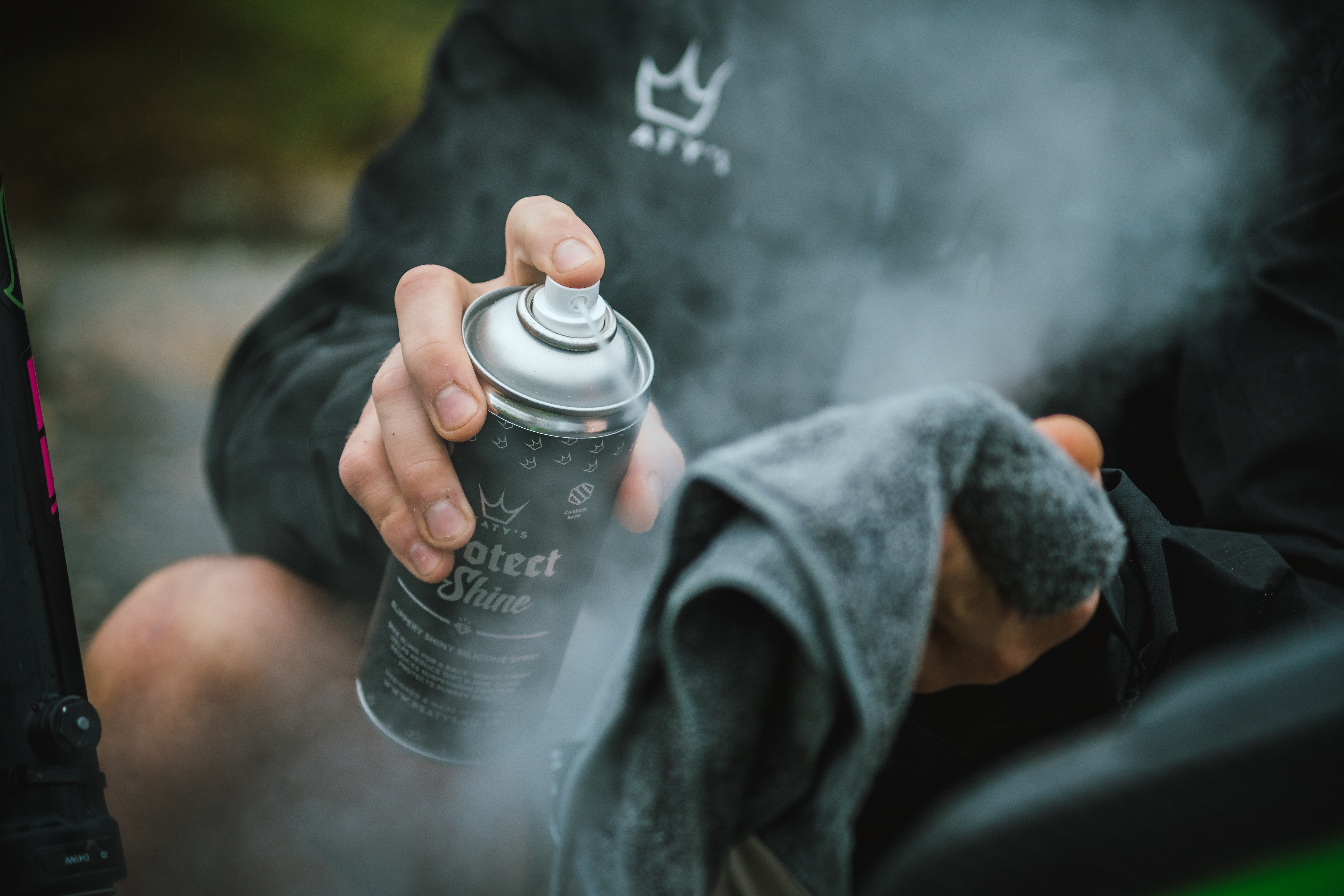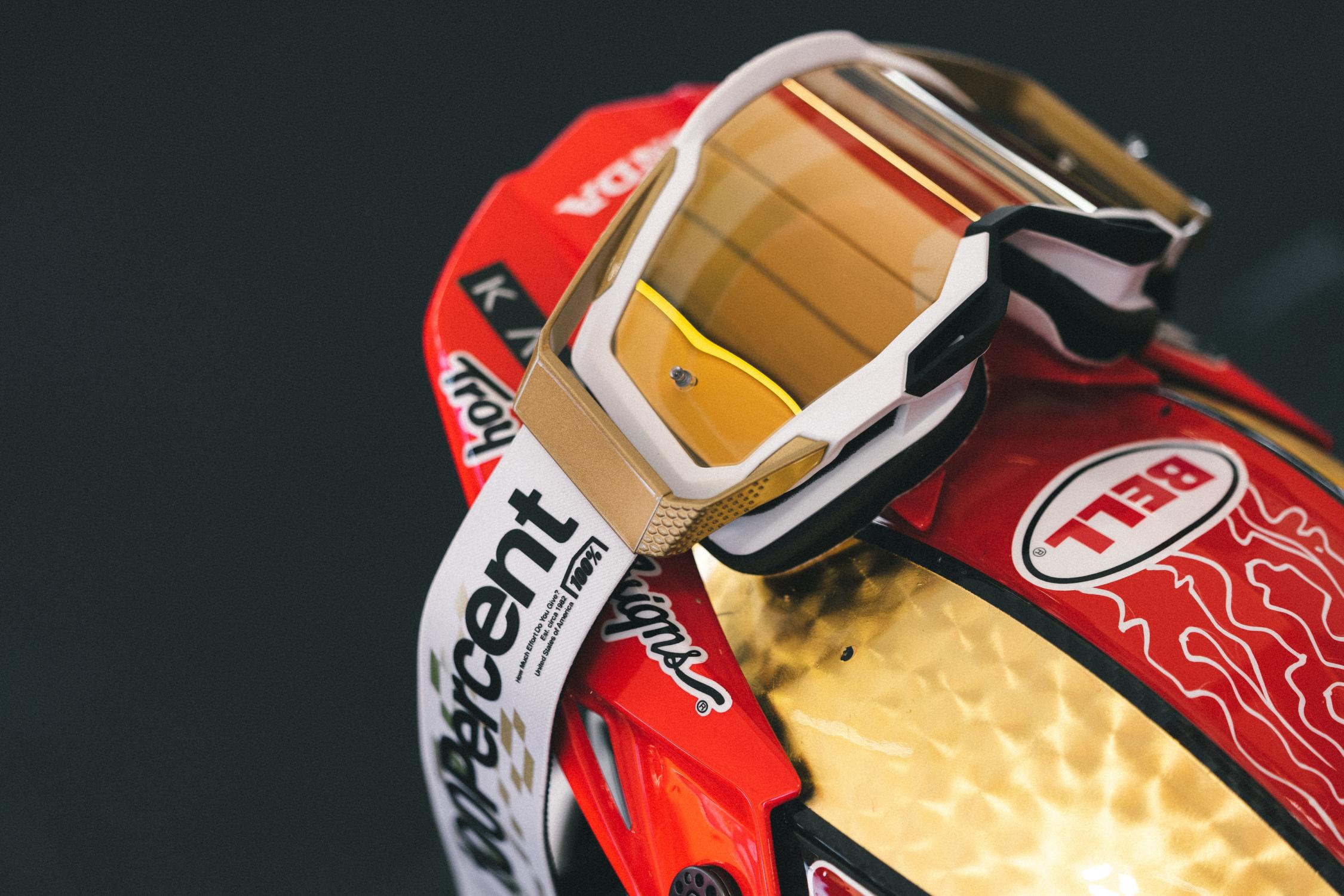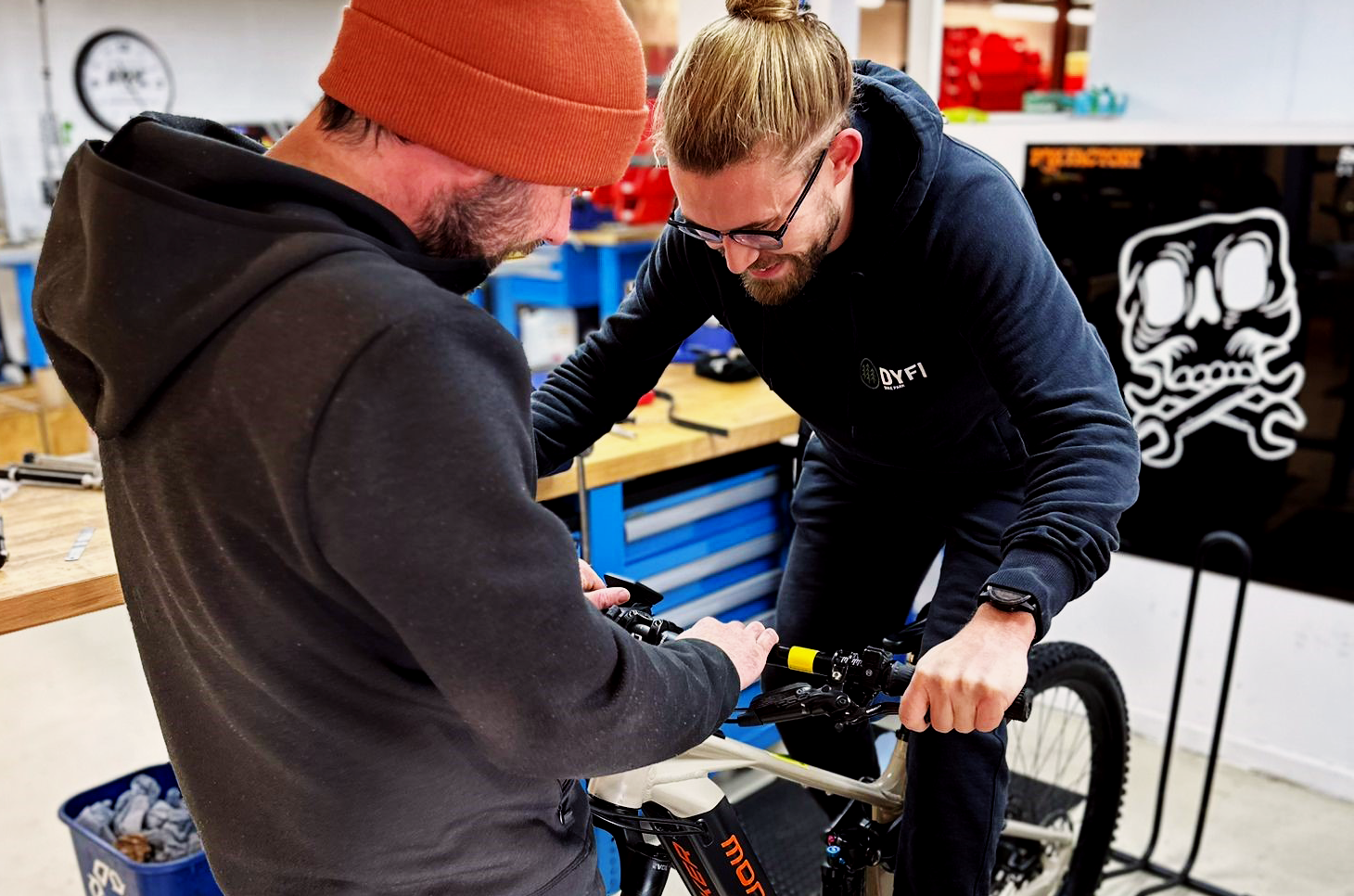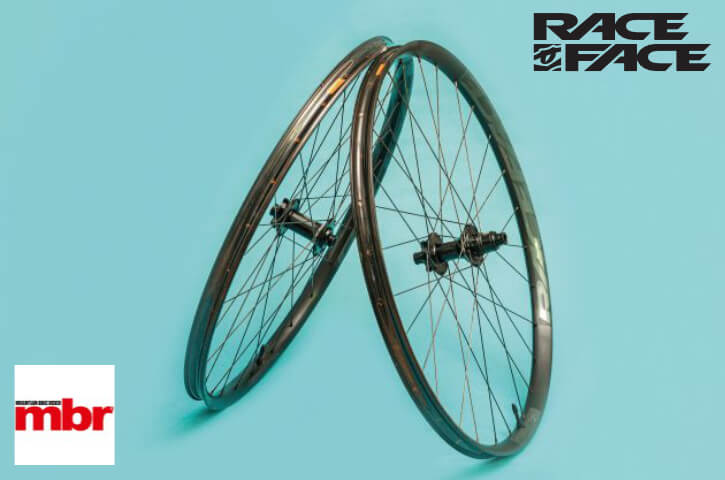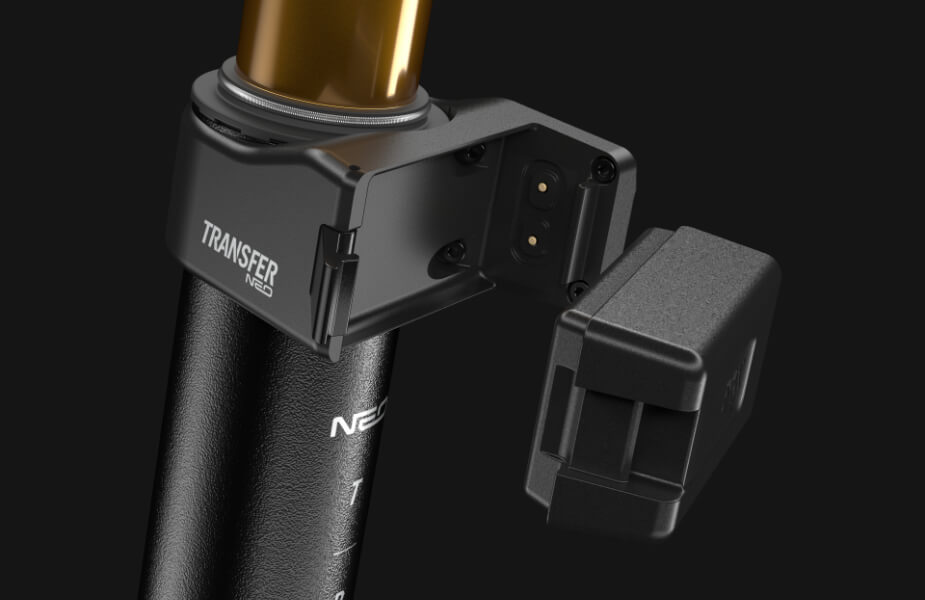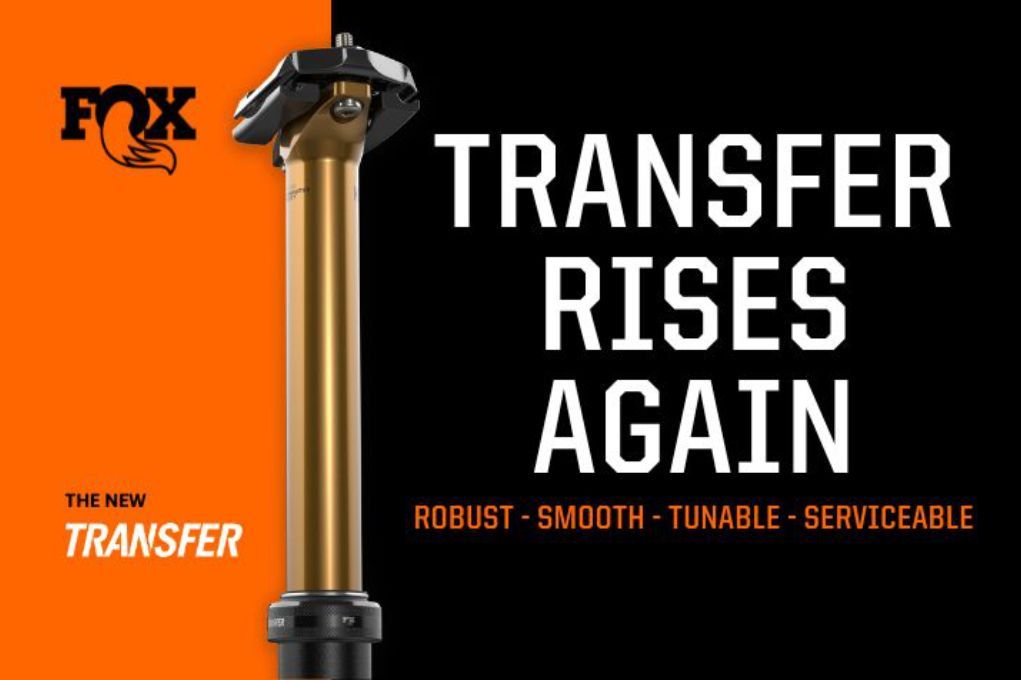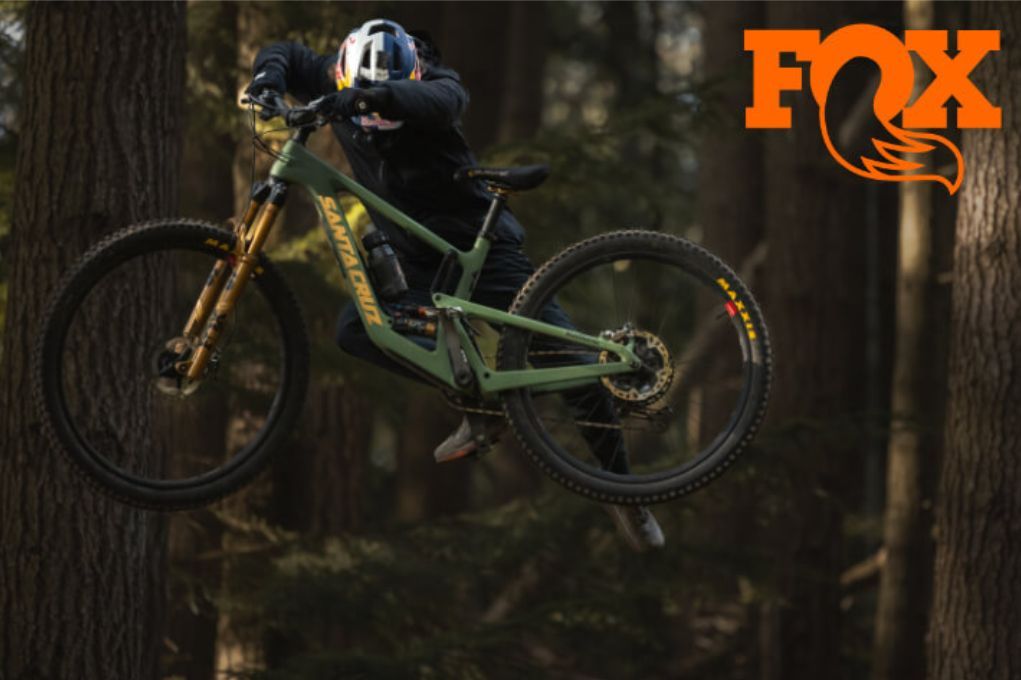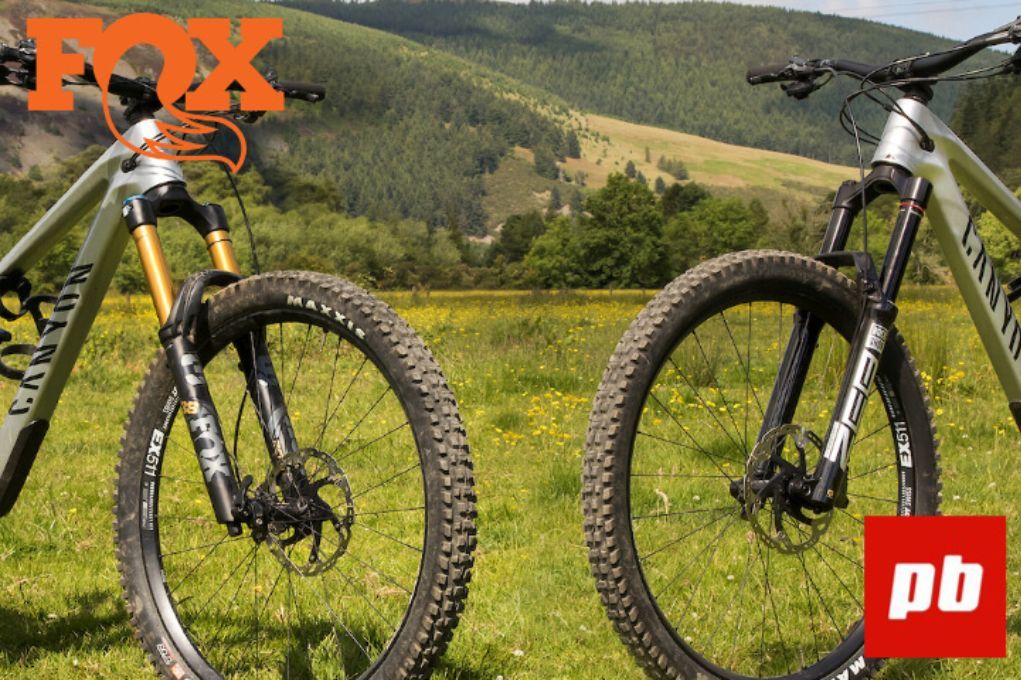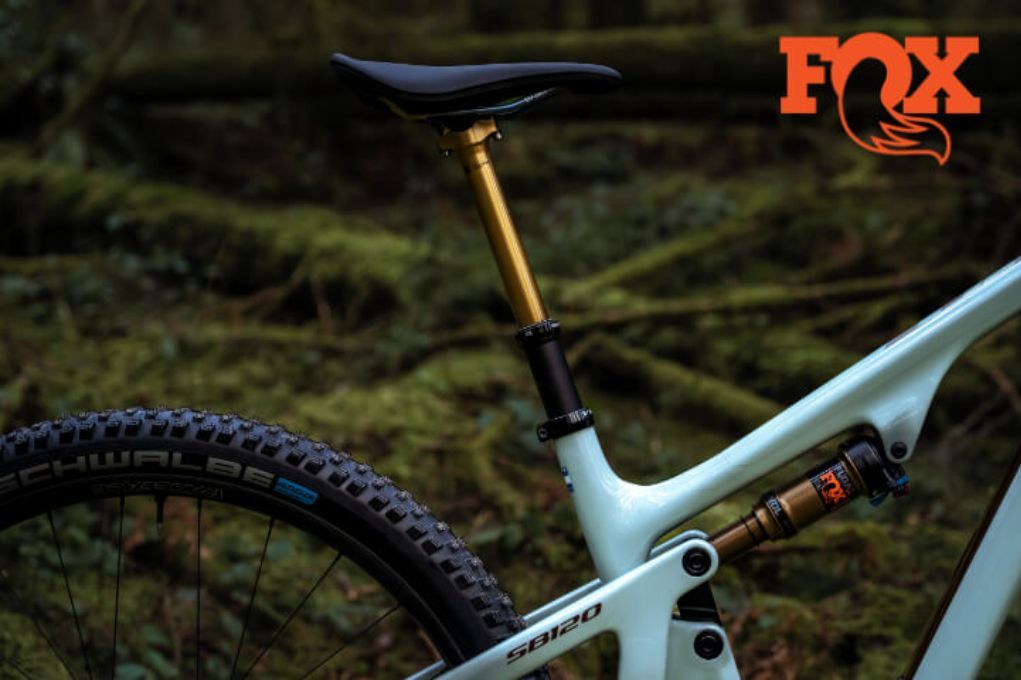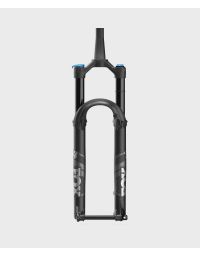ARMEGA SP25
Review: PinkBike - Ohlins RXF34 m.2 vs Fox 34
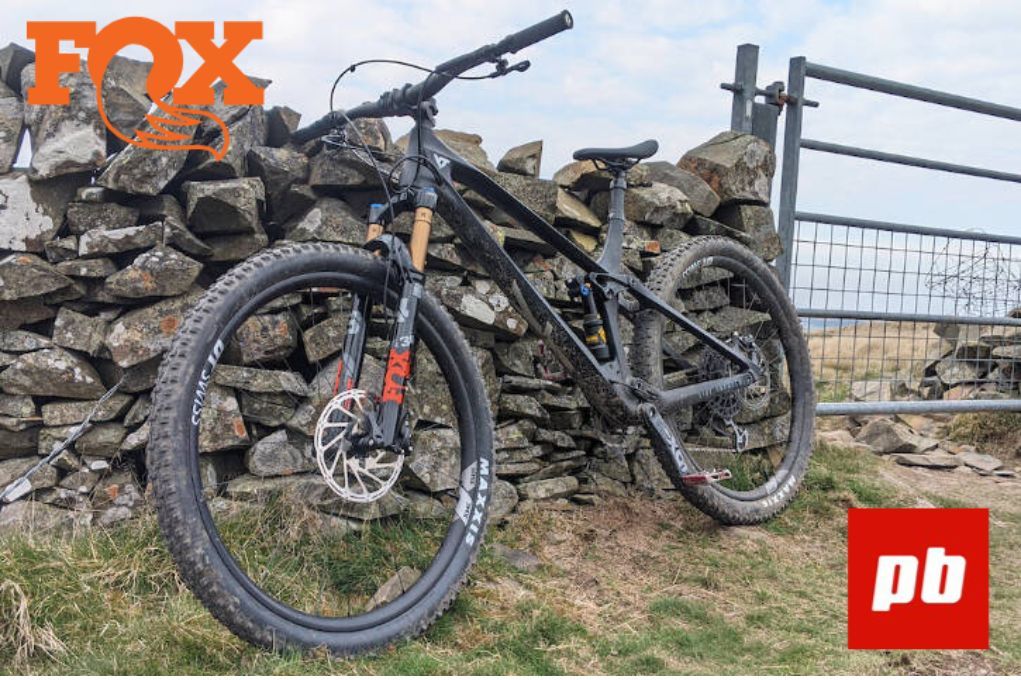
PinkBike has put the Fox 34 fork up against the Öhlins RXF34 m.2. Here is what they had to say:
The Fox 34 is the obvious rival for the RXF34 m.2, not just because they share a stanchion diameter, but the weight and intended use put them both in the same little niche, in-between the SID and Pike from RockShox. Mike Kazimer described it as a standout option in his recent review, so it's the obvious benchmark. Fox sent me a 34 in 130mm travel with the FIt4 damper so I could compare it to the new kid on the block. While the GRIP2 damper is arguably a better comparison as it offers high-speed compression adjustment to match the RXF34 (as well as high-speed rebound), the Fit4 has a lockout, like the RXF34, which the GRIP2 lacks.
Prices and options
The price will obviously vary depending on where you live, but here in the UK, the Öhlins fork goes for £1,185 while the Fit4 34 costs £1,059. That's not leagues apart, but it's worth noting that Fox offer cheaper options too, including Performance Elite (which lacks Kashima stanchions) and Performance, which uses the cheaper, but in my opinion highly-underrated, GRIP damper.
The RXF 34 is available in 120 and 130mm travel only, while the Fox 34 comes in 130 or 140mm with shorter air springs available aftermarket. I asked Öhlins if they might offer a longer travel spring in the future, but the chassis can only accommodate 130mm. That makes the Fox 34 a bit more versatile if you want to bump up the travel.
Weight
My Fox 34 weighs 1,791g with a QR axle, while the Öhlins, with the same steerer length, weighs 1,725g. That's a 66g win to Öhlins. But the Fox was fitted with a QR axle, so fitting a hex key version would save a few grams. Similarly, the Fox has a 180mm post mount while the Öhlins uses a 160mm brake mount, so a 20mm larger adapter will narrow the gap even more - by about 25 g or so.
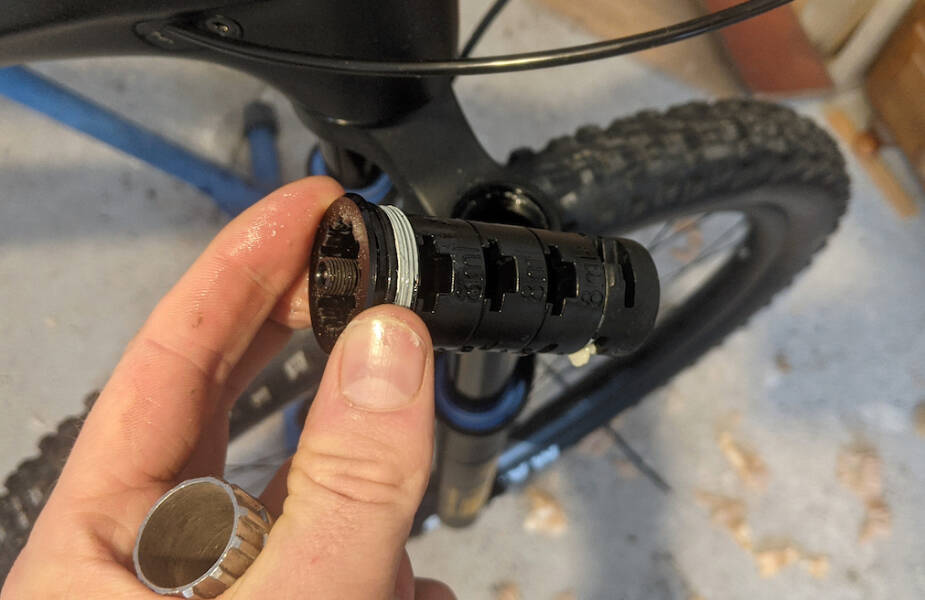
Setup
Based on the setup chart, Fox recommends about 98 psi for my weight. As with the Öhlins, I found this too soft but more because the fork sat too deep in its travel rather than bottoming out too much. I settled on 105 psi but found I could remove one volume spacer (leaving me with one) while having similar bottom-out resistance to the Öhlins fitted with four. WIth both forks, I was getting about 122mm of travel in the ultra-scientific parking-lot-bounce-test and I used all the travel once or twice on the trail, but only in big compressions and neither bottomed out harshly.
I preferred eight clicks of rebound on the 34, which is a click or two faster than recommended, but I must give credit to Fox for printing rebound recommendations on the fork leg. I ran the compression fully open unless tackling particularly steep tracks.
Performance
Switching from Öhlins to Fox, even with over 10 psi more pressure in the Fox, its softer initial travel is immediately noticeable. When first getting on the bike it feels too soft, and eases into its stroke more like an enduro fork, while the Öhlins offers a slightly firmer first touch, more like a traditional XC air spring. But on the trail, the Fox 34 wasn't too soft; in fact, I was consistently surprised by how little travel it used. The O-ring told me I was using similar amounts of travel with both forks and I never got too close to bottom-out unless something unplanned happened.
I rode the same two trails three times in the morning on the Öhlins, then swapped to the Fox and did the same thing in the afternoon. The Fox tracked the ground noticeably better, with less skipping off the ground and less harshness over spiderwebs of roots. It took the sting out of bigger bumps more effectively too. And at the same time, it felt if anything slightly more composed, predictable and supportive when faced with big compressions and corners.
While the Öhlins had initially impressed me with how much a modern 130mm fork was capable of, the latest version of the Fox 34 took that to another level. It's noticeably suppler, with less harshness and more grip, without sacrificing support. I also noticed the rear suspension felt harsher by comparison when riding the Fox compared to the Öhlins. I know it's a cliche, but I'd echo a line from Kazimer's review when he said the 34 rides like a longer-travel fork. The suppleness at the start of the stroke is closer to what you'd get from an enduro fork and the extra grip, predictability and control this offers can't be ignored.
Could it be that the Öhlins fork just wasn't set up optimally? That's a question that should always be front of mind when testing suspension. But I spent several rides trying different pressure, volume spacer and damping settings to optimise it for me, whereas with the Fox 34 I only did a basic parking lot set-up before starting the back-to-back tests. The differences in the spring curves can't be entirely overcome with setup.
While the RXF34 is an impressive fork, the latest update to the Fox 34 has put it one step ahead.
Read the full review here
